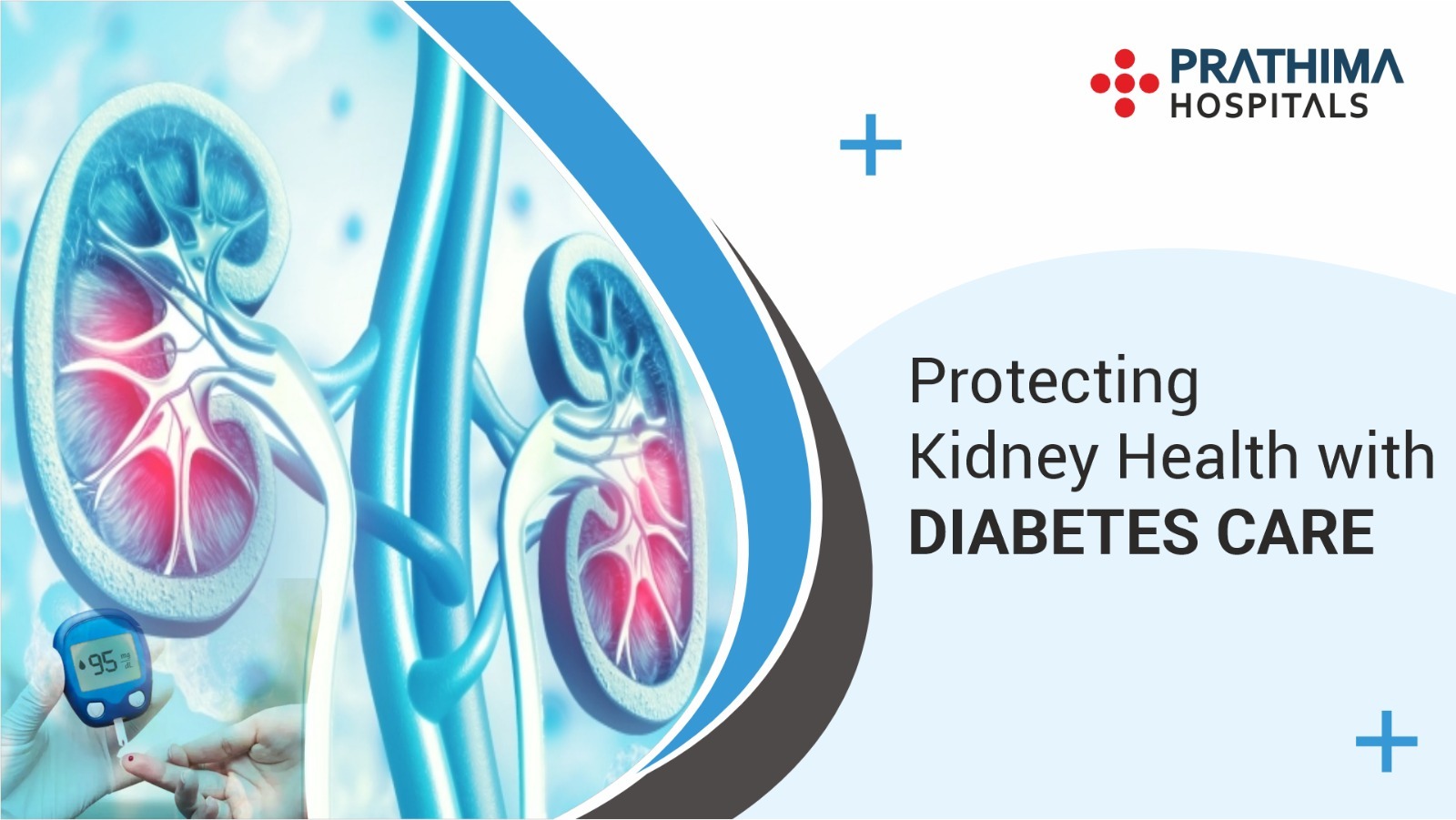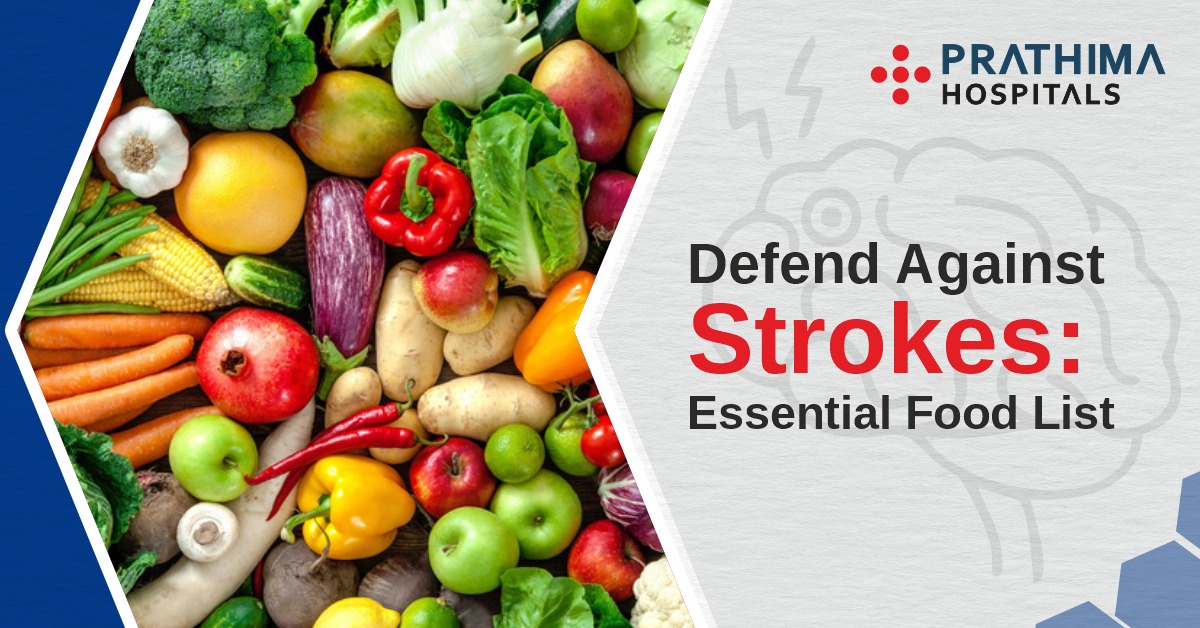Know The Risk Factors For Increase Of Salt Intake

The vast majority of the sodium in our eating routine originates from salt that has been added to the nourishment we eat. Most Americans devour more than double the prescribed every day measure of salt. An excessive amount of salt expands the danger of hypertension, coronary illness, and stroke. Diminishing sodium admission could forestall numerous passing’s.
What you should know?
Most of the sodium Americans devour originates from handled and eatery nourishments. Just a little bit is utilized in cooking or included at the table (as table salt), and the rest happens normally in nourishments.
The normal American eats around 2,900 to 4,300 mg of sodium, or around 6 to 10 grams of salt day by day.
Most solid grown-ups should attempt to eat under 2,300 mg of sodium for every day.
African Americans, moderately aged and more seasoned grown-ups, and individuals with hypertension, diabetes and additionally kidney illness ought to eat under 1,500 mg of sodium for each day.
Research shows that slow decreases in sodium (up to 10 percent for each year) are not perceptible to the taste.
When perusing the nourishment names of readied and bundled nourishments, watch for the words “pop” (alluding to sodium bicarbonate, or heating pop) and “sodium” and the image “Na.” These items contain sodium mixes.
Ocean salt has some medical advantages – however won’t bring down your sodium content. Both ocean salt and table salt contain around 40 percent sodium.
What you can do to confine salt intake?
Abstain from adding salt to natively constructed dishes
Use flavors and herbs to enhance your nourishment
At the point when you purchase arranged and bundled nourishments, read the marks and purchase those with less or no salt
Eat all the more crisp nourishment
Select unsalted nuts or seeds, dried beans, peas and lentils
Flush canned vegetables submerged before utilizing
Cutoff the measure of salty snacks you eat, similar to chips and pretzels;
When feasting out, request your dish to be set up without included salt.
Sodium admission might be connected to an expanded danger of creating both sort 2 diabetes (T2D) and Latent Autoimmune Diabetes in Adults (LADA) says new research being introduced at the current year’s yearly gathering of the European Association for the Study of Diabetes (EASD) in Lisbon, Portugal.
The primary wellspring of sodium in the eating regimen is through salt. Salt (sodium chloride) is 40% sodium, so that for each 2.5g of salt expended, 1g is sodium. Past research* has proposed that extreme salt utilization may build the danger of creating T2D, conceivably through an immediate impact on insulin opposition, as well as by advancing hypertension and weight gain.
LADA is a type of type 1 diabetes (T1D) in which the insulin-creating cells in the pancreas are decimated by the body’s own safe framework, however not at all like common T1D it grows gradually, once in a while over a time of years. This, together with it showing up in later in adulthood, can prompt it being erroneously analyzed as T2D.





